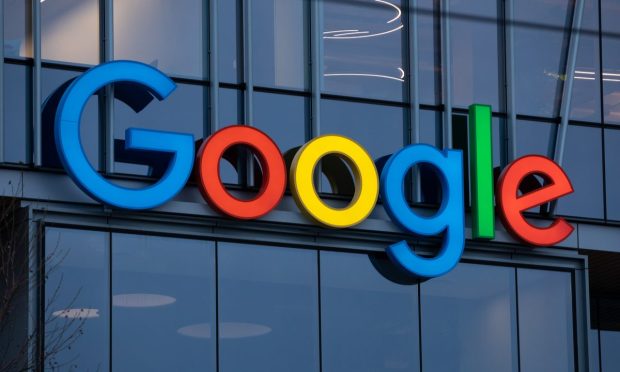Google Rolls out Tweaks to Make YouTube, Search More Shoppable

Continuing the transformation of its massive commerce product suite, Google is quietly introducing new features to build a better buying experience.
This was laid out in sparse-but-revealing detail during parent Alphabet’s second-quarter earnings call Tuesday (July 26), as CEO Sundar Pichai and senior leadership talked up major enhancements in commerce and shopping features on Google and YouTube.
Noting that YouTube TV blew past 5 million paid subscribers in the second quarter, Pichai told analysts, “there’s also a lot of potential for shopping on YouTube. Just last week, we announced a partnership with Shopify. It will help creators easily connect their stores to YouTube and enable shopping across their livestreams and videos. There’s more to come here.”
In a July 19 blog post, YouTube’s vice president of shopping product, David Katz, said eligible creators can now link Shopify stores to YouTube channels “and benefit from Shopify’s real-time inventory syncing so that viewers are never disappointed to find a product out of stock. And, for a more seamless shopping experience, creators in the U.S. can enable onsite checkout so that viewers can complete their purchases without leaving YouTube.”
With major investments in artificial intelligence (AI), the company’s Performance Max (P-Max) goal-based ad campaigns, first introduced in 2020 but rolling out widely this year, are seeing strong results in a weak year, said Senior Vice President and Chief Business Officer Philipp Schindler.
Searches for open now, near me rose by a factor of eight times year over year, with searches like “designer outlet” rising 90%, as well as strength in apparel and beauty categories.
“With AI-powered tools like Performance Max, which local and smart shopping campaigns will upgrade to in time for the holidays, we’re helping businesses move at speed and scale to reach new and existing customers wherever they are in their shopping journey with relevant, useful content,” Schindler said.
It all reflects Alphabet’s renewed focus on commerce and monetization.
See also: Alphabet’s Pichai Says AI to Power New Wave of Growth for Google Search
Schindler added that both Target and Wayfair are testing 3D augmented reality (AR) shopping features for an IRL shopping experience online, while YouTube creators are leveraging “cool live commerce capabilities like live direct, which let creators start a shopping livestream on their channel and then redirect viewers to a brand’s channel for more.”
Commenting in Google’s Q1 announcement of early-stage testing of monetization for video shorts, Schindler said “we continue to be encouraged by the results so far.” However, amid a general pullback in ad spending, at least one analyst questioned video monetization progress.
Read also: Google to Begin ‘Real World’ Tests of AR Device in August
Google’s Connected TV (CTV) campaigns are at the heart of efforts to measure streaming engagement on an ad-supported YouTube.
“Later this year, YouTube CTV and YouTube TV will be available in Nielsen Total Ad Ratings (TAR) in the U.S.,” Google said in an April blog post. “This release will include deduplication of YouTube inventory across all platforms — CTV, computer, mobile and linear TV — to better compare YouTube reach to linear TV.”
See also: Shopify Teams With YouTube for Shopping Features
Multisearch Making Search More Shoppable
At the intersection of shopping and search, Pichai said the AI-powered Google Lens technology is seeing “visual searches more than 8 billion times per month. A new feature called multisearch helps people find what they need using words and images at the same time. Later this year, multisearch will be able to help people find local results near them.”
Introduced in April, multisearch powers combined image and text searches, identifying items consumers scan with their smartphone cameras and bringing up relevant retail results.
Pichai said users are conducting “hundreds of millions of shopping searches on Google Images each month,” adding that “merchants will soon be able to submit 3D images of their products to appear directly on Google Search. So, customers can try before they buy.”
Left unmentioned during the Q2 earnings call was recent action around Google Pay and Google Wallet, the latter announced in May at the company’s I/O developer conference. Google Wallet is now the payment instrument that stores card credentials, while Google Pay is being repositioned as a personal finance management assistant to track spending and more.
For all PYMNTS retail coverage, subscribe to the daily Retail Newsletter.
